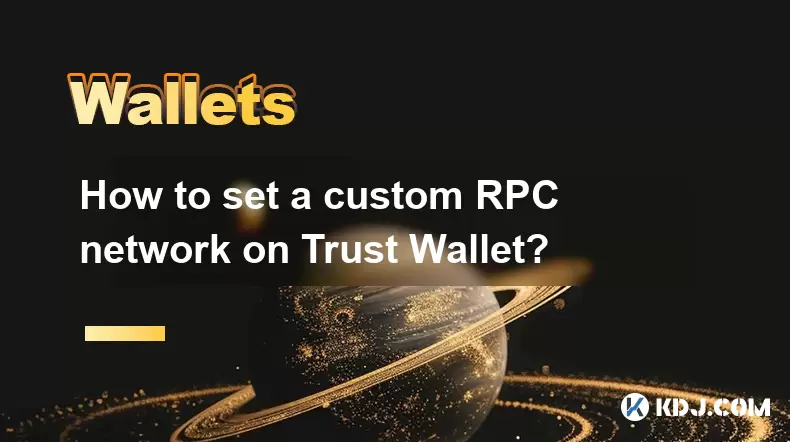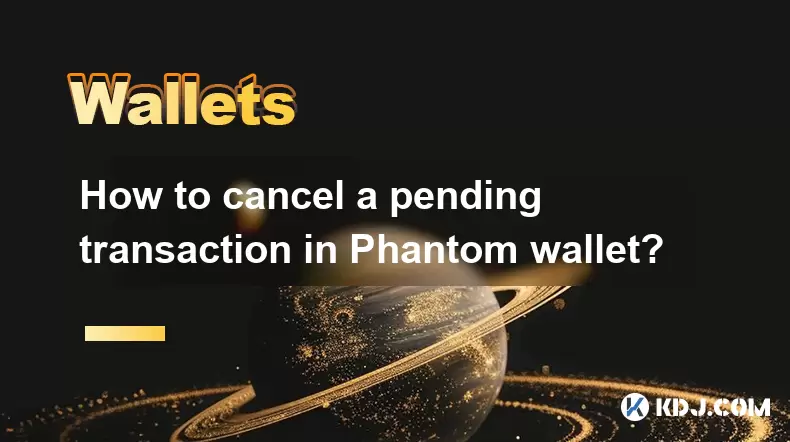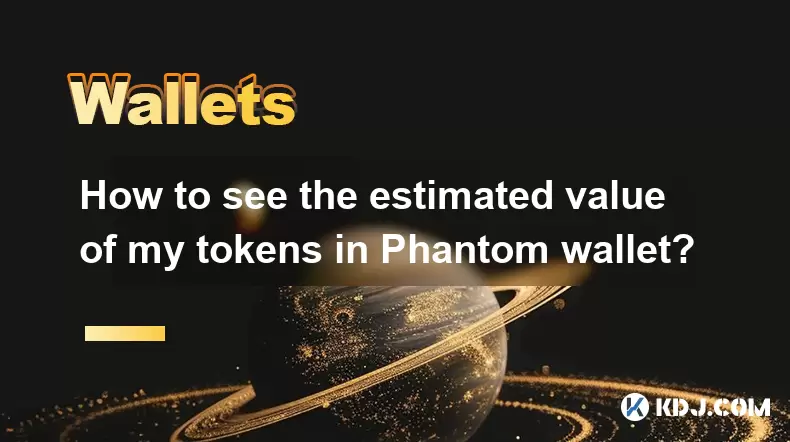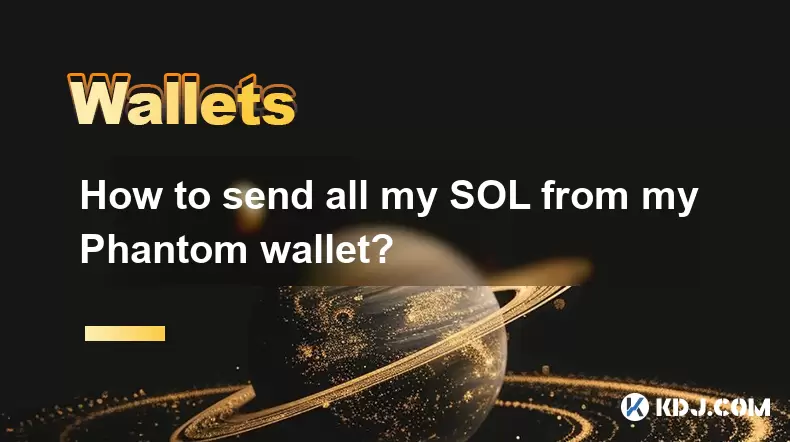-
 Bitcoin
Bitcoin $108,562.4295
0.46% -
 Ethereum
Ethereum $2,533.9553
1.52% -
 Tether USDt
Tether USDt $1.0002
-0.01% -
 XRP
XRP $2.2542
2.23% -
 BNB
BNB $662.4567
1.48% -
 Solana
Solana $151.4114
3.48% -
 USDC
USDC $0.9999
0.00% -
 TRON
TRON $0.2860
0.91% -
 Dogecoin
Dogecoin $0.1685
3.72% -
 Cardano
Cardano $0.5809
1.63% -
 Hyperliquid
Hyperliquid $39.2916
1.85% -
 Sui
Sui $2.8874
0.85% -
 Bitcoin Cash
Bitcoin Cash $496.5801
2.72% -
 Chainlink
Chainlink $13.3582
2.48% -
 UNUS SED LEO
UNUS SED LEO $9.0279
0.07% -
 Avalanche
Avalanche $18.0773
2.30% -
 Stellar
Stellar $0.2426
3.05% -
 Toncoin
Toncoin $2.9086
6.01% -
 Shiba Inu
Shiba Inu $0.0...01170
2.97% -
 Hedera
Hedera $0.1587
3.47% -
 Litecoin
Litecoin $87.4596
1.13% -
 Monero
Monero $317.0425
0.73% -
 Polkadot
Polkadot $3.3778
1.90% -
 Dai
Dai $0.9999
-0.01% -
 Ethena USDe
Ethena USDe $1.0001
-0.01% -
 Bitget Token
Bitget Token $4.4095
0.63% -
 Uniswap
Uniswap $7.3593
6.80% -
 Pepe
Pepe $0.0...09910
3.64% -
 Aave
Aave $274.7388
2.68% -
 Pi
Pi $0.4607
0.48%
How to set a custom RPC network on Trust Wallet?
Set up a custom RPC in Trust Wallet by entering your node's URL and Chain ID for faster, more reliable blockchain interactions.
Jul 07, 2025 at 09:15 am

Understanding the Role of RPC Networks in Trust Wallet
Before diving into the steps, it's essential to understand what an RPC (Remote Procedure Call) network is and why you might want to set a custom RPC on Trust Wallet. An RPC server acts as a communication bridge between your wallet and a blockchain network. By default, Trust Wallet uses its own nodes to interact with various blockchains. However, users may prefer using a custom RPC for reasons such as faster transaction confirmations, better reliability, or connecting to a testnet or private network.
Setting up a custom RPC allows you to specify your own node provider instead of relying on Trust Wallet’s default infrastructure. This feature gives users more control over their blockchain interactions, especially when dealing with non-mainnet chains or when troubleshooting issues.
Accessing the Network Settings in Trust Wallet
To begin configuring a custom RPC, open the Trust Wallet mobile application. Navigate to the Wallet tab located at the bottom of the screen. From there, tap on the three dots icon (menu) in the top right corner, which opens additional settings options.
Select Settings from the menu. Within the Settings interface, scroll down until you find the Networks option. Tap on it to access the list of available blockchain networks that Trust Wallet supports. This section includes both mainnets and testnets for various blockchains like Ethereum, Binance Smart Chain, and others.
Adding a Custom RPC Network
Once inside the Networks section, look for the Add Custom RPC Network button, usually located at the bottom of the list. Tapping this will open a form where you can input the details required to define a new custom RPC configuration.
You'll need to provide the following information:
- Name: A custom name for your network (e.g., "My Custom Node").
- RPC URL: The endpoint URL provided by your node service (e.g., Infura, Alchemy, or a self-hosted node).
- Chain ID: This number uniquely identifies the blockchain you're connecting to.
- Symbol: The native token symbol (e.g., ETH for Ethereum).
- Block Explorer URL: Optional but recommended for checking transactions and addresses.
Ensure all fields are filled correctly, especially the RPC URL and Chain ID, as incorrect data can prevent the wallet from interacting properly with the blockchain.
Switching to Your Custom RPC Network
After saving your custom RPC configuration, return to the Networks list. You should now see your newly added network listed among the other supported chains. Tap on it to switch your wallet’s connection to that network.
Your wallet address remains the same across different networks; however, only assets associated with the selected network will be visible. If you're testing or working with a specific project on a non-default chain, ensure that you're sending funds to the correct network to avoid loss of funds.
Always double-check the RPC URL and Chain ID if you encounter issues such as unresponsive dApps or missing balances. Misconfigurations are a common source of problems when using custom RPC setups.
Verifying the Custom RPC Connection
Once connected, you can verify whether your custom RPC is functioning correctly by performing simple actions such as checking your balance or initiating a small transaction. Open a decentralized application (dApp) compatible with the network you've selected and connect your Trust Wallet.
If everything is configured properly, the dApp should recognize your wallet and display your balance accurately. In case of errors, revisit the Networks settings and recheck the RPC URL, Chain ID, and Symbol entries.
Using a third-party node service like Infura or Alchemy often provides greater stability than public nodes. Make sure your chosen service supports the specific chain you're trying to connect to. Also, note that some services require authentication tokens or API keys for access.
Frequently Asked Questions (FAQ)
Q: Can I use a custom RPC on Trust Wallet for testnets?
A: Yes, Trust Wallet allows setting up custom RPCs for testnets. Simply input the appropriate testnet RPC URL and Chain ID during setup.
Q: What happens if my custom RPC URL is incorrect?
A: If the RPC URL is invalid or unreachable, Trust Wallet won’t be able to fetch blockchain data, leading to frozen balances or failed transactions.
Q: Is it safe to use a custom RPC?
A: Using a custom RPC is generally safe if you trust the node provider. However, always ensure the service has good uptime and doesn’t log sensitive data.
Q: Do I need technical knowledge to configure a custom RPC?
A: While basic understanding helps, most projects or node providers supply ready-to-use URLs and Chain IDs, making the process straightforward even for non-technical users.
Disclaimer:info@kdj.com
The information provided is not trading advice. kdj.com does not assume any responsibility for any investments made based on the information provided in this article. Cryptocurrencies are highly volatile and it is highly recommended that you invest with caution after thorough research!
If you believe that the content used on this website infringes your copyright, please contact us immediately (info@kdj.com) and we will delete it promptly.
- Drake, Bitcoin, and Mainstream Music: A New Era?
- 2025-07-07 12:30:12
- Meme Coins, ROI Potential, 2025 Selection: What's Hot and What's Not?
- 2025-07-07 12:30:12
- Bitcoin, Ethereum, and Dogecoin: Navigating the Crypto Landscape in a Wild Week
- 2025-07-07 12:50:11
- Meme Coin Mania: Explosive Picks and Top Buys in 2025
- 2025-07-07 12:50:11
- Bitcoin, Ethereum, and the Cryptocurrency Market: Riding the Wave of Innovation
- 2025-07-07 12:55:12
- Elon Musk, Bitcoin, and Crypto News: A 2025 Perspective
- 2025-07-07 13:10:12
Related knowledge

How to cancel a pending transaction in Phantom wallet?
Jul 03,2025 at 07:21pm
Understanding Pending Transactions in Phantom WalletA pending transaction in the Phantom wallet occurs when a user initiates a transfer or interaction with the Solana blockchain, but it hasn't yet been confirmed by the network. This can happen due to various reasons such as low transaction fees, network congestion, or incorrect gas settings. It's import...

How to see the estimated value of my tokens in Phantom wallet?
Jul 04,2025 at 12:21am
What is Phantom Wallet?Phantom wallet is one of the most popular cryptocurrency wallets designed for the Solana blockchain. It allows users to store, send, receive, and manage various tokens built on Solana, including SPL tokens and NFTs. The wallet offers a user-friendly interface, making it accessible for both beginners and advanced users in the crypt...

How to lock my Phantom wallet extension?
Jul 03,2025 at 11:14am
What Is the Phantom Wallet and Why Lock It?The Phantom wallet is a popular non-custodial cryptocurrency wallet designed for interacting with the Solana blockchain. Supporting both browser extensions and mobile apps, Phantom allows users to store, send, receive, and stake SOL tokens, as well as interact with decentralized applications (dApps). Securing y...

Does Phantom wallet offer two-factor authentication (2FA)?
Jul 03,2025 at 09:00am
Understanding Phantom Wallet and Its Security FeaturesPhantom wallet is a widely used non-custodial cryptocurrency wallet that supports the Solana blockchain. It allows users to store, send, receive, and interact with decentralized applications (dApps) seamlessly. As security is a top priority for any crypto wallet user, security features like two-facto...

How to send all my SOL from my Phantom wallet?
Jul 06,2025 at 10:00am
Preparing to Send SOL from Your Phantom WalletBefore initiating any transaction, it is crucial to ensure that your Phantom wallet is fully set up and connected to the correct network. Phantom supports multiple networks, but for sending SOL, you must be on the Solana blockchain. Confirm this by checking the network indicator in the top-right corner of th...

What is "rent" on Solana and how does it affect my Phantom wallet?
Jul 02,2025 at 08:35pm
Understanding 'Rent' on SolanaIn the context of Solana, the term 'rent' refers to a storage fee that users pay for maintaining data on the blockchain. Unlike Ethereum, where storage costs are paid once via gas fees during contract deployment, Solana implements a recurring cost model to ensure efficient usage of network resources. This means that any acc...

How to cancel a pending transaction in Phantom wallet?
Jul 03,2025 at 07:21pm
Understanding Pending Transactions in Phantom WalletA pending transaction in the Phantom wallet occurs when a user initiates a transfer or interaction with the Solana blockchain, but it hasn't yet been confirmed by the network. This can happen due to various reasons such as low transaction fees, network congestion, or incorrect gas settings. It's import...

How to see the estimated value of my tokens in Phantom wallet?
Jul 04,2025 at 12:21am
What is Phantom Wallet?Phantom wallet is one of the most popular cryptocurrency wallets designed for the Solana blockchain. It allows users to store, send, receive, and manage various tokens built on Solana, including SPL tokens and NFTs. The wallet offers a user-friendly interface, making it accessible for both beginners and advanced users in the crypt...

How to lock my Phantom wallet extension?
Jul 03,2025 at 11:14am
What Is the Phantom Wallet and Why Lock It?The Phantom wallet is a popular non-custodial cryptocurrency wallet designed for interacting with the Solana blockchain. Supporting both browser extensions and mobile apps, Phantom allows users to store, send, receive, and stake SOL tokens, as well as interact with decentralized applications (dApps). Securing y...

Does Phantom wallet offer two-factor authentication (2FA)?
Jul 03,2025 at 09:00am
Understanding Phantom Wallet and Its Security FeaturesPhantom wallet is a widely used non-custodial cryptocurrency wallet that supports the Solana blockchain. It allows users to store, send, receive, and interact with decentralized applications (dApps) seamlessly. As security is a top priority for any crypto wallet user, security features like two-facto...

How to send all my SOL from my Phantom wallet?
Jul 06,2025 at 10:00am
Preparing to Send SOL from Your Phantom WalletBefore initiating any transaction, it is crucial to ensure that your Phantom wallet is fully set up and connected to the correct network. Phantom supports multiple networks, but for sending SOL, you must be on the Solana blockchain. Confirm this by checking the network indicator in the top-right corner of th...

What is "rent" on Solana and how does it affect my Phantom wallet?
Jul 02,2025 at 08:35pm
Understanding 'Rent' on SolanaIn the context of Solana, the term 'rent' refers to a storage fee that users pay for maintaining data on the blockchain. Unlike Ethereum, where storage costs are paid once via gas fees during contract deployment, Solana implements a recurring cost model to ensure efficient usage of network resources. This means that any acc...
See all articles

























































































